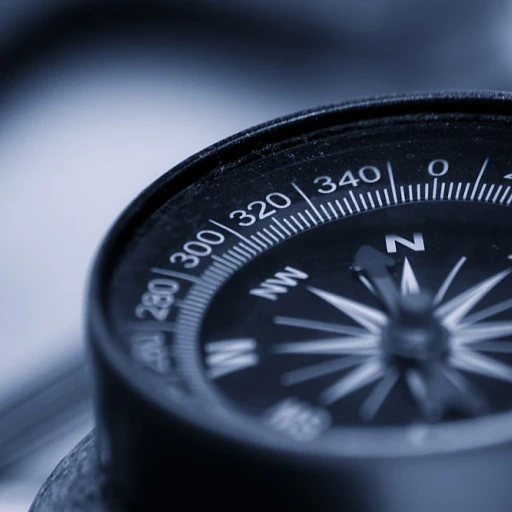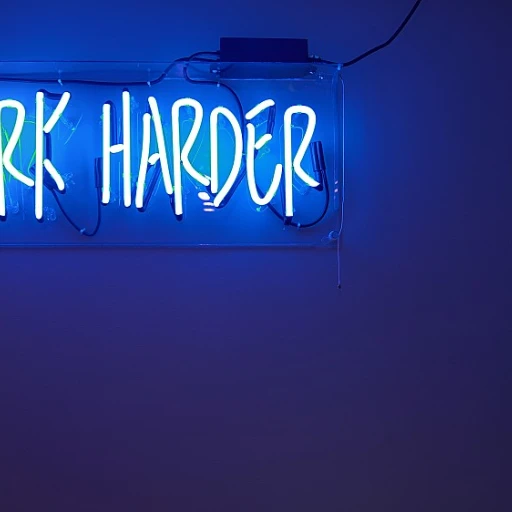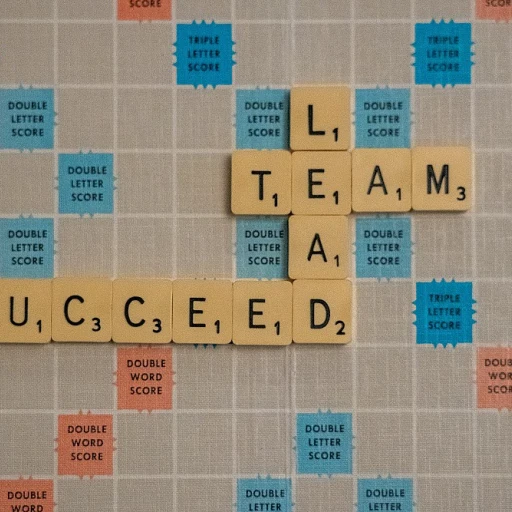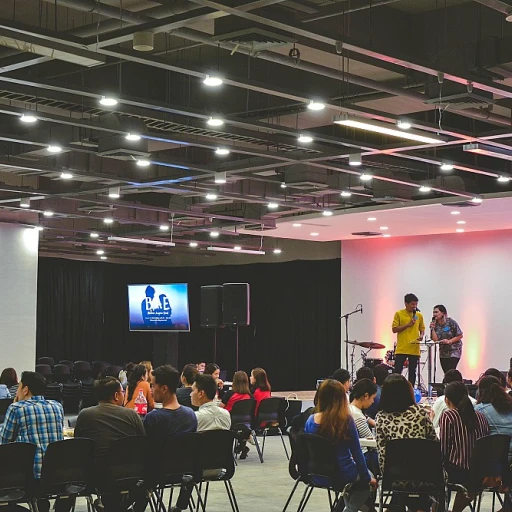Understanding Communication Coordination
Importance of Balancing Roles and Responsibilities
Mastering effective communication in a continuous learning environment begins with understanding the importance of coordinated communication. Coordination is crucial because it ensures that communication is smooth and effective. However, successfully coordinating communication requires balancing roles and responsibilities effectively within a team. When each team member is clear on their roles, working towards a common goal becomes a seamless process.
Dynamics of Team Collaboration
Coordination mechanisms within teams play a pivotal role in facilitating internal communication. Successful communication collaboration goes beyond exchange of information – it involves aligning the team’s objectives with the communication goals. It’s essential to build communication systems that enhance interactions, thus improving overall team coordination. This involves understanding the dynamics of social media, games, and other platforms that play a significant role in team building events.
Balancing National and Individual Perspectives
Coordinated communication requires a careful balance between national perspectives and individual perspectives. Recognizing diverse viewpoints within teams can significantly enhance their working cohesion. Moreover, addressing cultural nuances and communication barriers with care can make internal communication more effective. This, in turn, can positively impact the time management and productivity of teams.
As we delve more into the nuances of communication coordination, exploring flexible learning paths reveals additional insights into how roles and responsibilities can be efficiently managed to support continuous learning objectives.
The Role of Technology in Facilitating Communication
Technology as a Catalyst for Enhanced Communication
In the dynamic world of continuous learning, technology acts as a crucial facilitator for communication within teams. It's not simply about using digital tools; it's about mastering the art of continuous improvement skills that enhance team coordination and efficiency.
Technology streamlines internal communication by providing various coordination mechanisms that allow for effective information exchange. Whether it's through project management software, video conferencing, or team communication platforms, technology plays a pivotal role in breaking down barriers.
There are several ways technology supports teams:
- Real-Time Collaboration: Tools like cloud-based document systems and chat applications enable team members to work together simultaneously, regardless of geographical boundaries.
- Coordination Mechanisms: Platforms ensure all team members are aligned with roles and responsibilities, enhancing effective communication and reducing misunderstandings.
- Social Media Integration: Utilizing social media as a tool for communication helps bridge cultural differences and fosters team building through informal interactions.
- Standard Operating Procedures: Technology aids in the development and dissemination of SOPs, ensuring everyone has access to the same information, which is crucial for effective teamwork.
A long-term perspective helps teams work more effectively by ensuring that communication systems evolve in response to changing needs. As teams become more cross-functional, leveraging technology for coordination and collaboration is invaluable. The consistent and innovative application of technology is essential for achieving team goals and improving the overall effectiveness of communication coordination in continuous learning environments.
Overcoming Communication Barriers in Learning
Conquering Barriers for Seamless Information Exchange
Continuous learning thrives on the backbone of robust communication coordination. However, various obstacles can impede the smooth flow of communication within a team, affecting collaboration and overall learning outcomes. Understanding these barriers is pivotal in overcoming them and fostering an environment where effective communication drives development and growth.
One common barrier is the lack of clarity in roles and responsibilities within teams. When team members are uncertain about their duties or the position of others, confusion ensues. Establishing clear roles can promote effective team coordination, enhancing the ability of teams to reach their goals through streamlined internal communication. This clarity helps team members understand their contribution to the overarching objectives and increases accountability.
Another significant hurdle is the presence of siloed communication systems. When teams work in isolation, such as in cross-functional units without adequate channels for information exchange, the risk of miscommunication and duplication of efforts rises. It's crucial to implement coordination mechanisms that bridge these gaps, so team building efforts can be directed towards achieving shared objectives in the long term.
Time constraints often exacerbate communication challenges. In fast-paced work environments, team members may not have the time to engage in comprehensive discussions, leading to incomplete information exchange. Promoting efficient time management techniques, like scheduled collaboration coordination sessions or quick stand-up meetings, can ensure that everyone stays informed without sacrificing productivity.
Cultural differences within and across teams can also pose barriers to communication. Differences in social media use, communication styles, and cultural norms necessitate a collective understanding and care for diverse perspectives. Encouraging open dialogs about cultural variances and incorporating this knowledge into the team's ways of working can significantly enhance communication collaboration.
By addressing these barriers systematically, organizations can build strong teams capable of effective communication and collaborative learning. With the right strategies and systems in place, the potential for achieving national and international goals through coordinated communication is boundless.
Developing Communication Skills for Continuous Learning
Enhancing Communication Skills for Lifelong Learning
Building strong communication skills is crucial for continuous learning as it directly impacts how teams engage, collaborate, and achieve shared goals. Effective communication fosters better coordination and management within teams, allowing for a seamless internal communication flow and enhancing overall task efficiency.- Understanding Roles and Responsibilities: Clarifying roles and responsibilities among team members is essential to avoid ambiguity and ensure that everyone understands their part in the team. Clear definitions create a foundation for effective communication and enable smoother collaboration.
- Implementing Coordination Mechanisms: Regular team meetings, synchronized calendars, and clearly defined processes serve as coordination mechanisms that keep communication streamlined. Implementing such systems helps maintain alignment and focus on long-term objectives.
- Promoting Cross-Functional Communication: Within diverse teams, cross-functional communication is vital in ensuring that different departments or specialties work synergistically. Encouraging team members to share knowledge and insights from their respective fields can enrich the learning and working environment.
- Utilizing Communication Tools: Technology plays a significant role in fostering collaboration and communication among teams. Social media platforms, project management tools, and communication apps help team members stay connected, allowing for immediate sharing of information and ideas.
- Conducting Team-Building Activities: Regular team-building events foster a spirit of collaboration and trust among team members. These events help build an understanding of different perspectives, which can aid in overcoming communication barriers within the team.
- Playing Communication-Based Games: Games that focus on communication and coordination can be a fun and effective way to build skills. These activities require teams to work together under pressure, enhancing their communication strategies and teamwork dynamics.
The Impact of Cultural Differences on Communication
Navigating Cultural Diversity in Communication Dynamics
Effective communication in continuous learning environments necessitates sensitivity to cultural differences. As our work environments become increasingly globalized, teams often comprise members from diverse cultural backgrounds, each bringing unique perspectives and communication norms. This diversity can enrich team collaboration but also poses challenges if not managed adeptly.
In cross-functional teams, communication systems must accommodate varying cultural expectations. For instance, while some cultures favor direct communication methods, others might rely more heavily on context and subtlety. Understanding these preferences is crucial for coordination mechanisms and achieving the team's goals.
Building effective communication systems involves standard operating procedures that respect these differences. Businesses can enhance team coordination by providing cultural competency training, allowing members to appreciate and adapt to distinct communicative styles. Such initiatives bolster internal communication and enable smoother collaboration coordination.
Management plays a pivotal role in fostering an inclusive communication environment. Leaders should encourage open dialogue and feedback, signaling that each team member's input is valued. This approach helps reduce barriers and aligns with broader organizational objectives for seamless team communication.
Additionally, leveraging technology facilitates communication collaboration across cultures. Social media platforms and collaboration tools offer real-time solutions that transcend geographical boundaries, making it easier for teams to work effectively irrespective of their location.
Ultimately, investing time in understanding cultural dynamics within teams is not only a goodwill gesture—it is a strategy for long-term success. As companies continue to engage with international markets, the capacity to manage cultural differences with care will be a significant differentiator in sustaining competitive advantage and achieving organizational goals.












